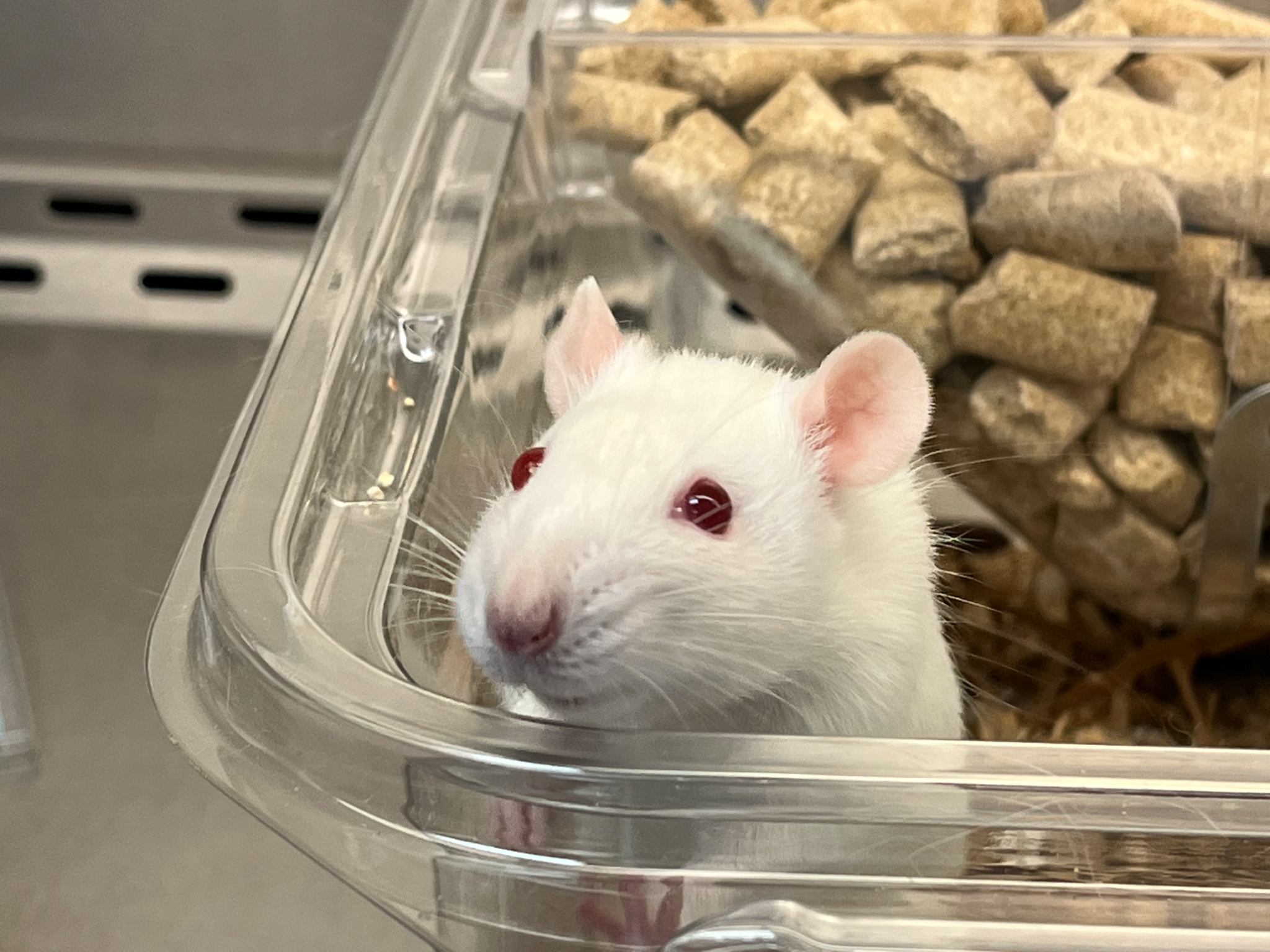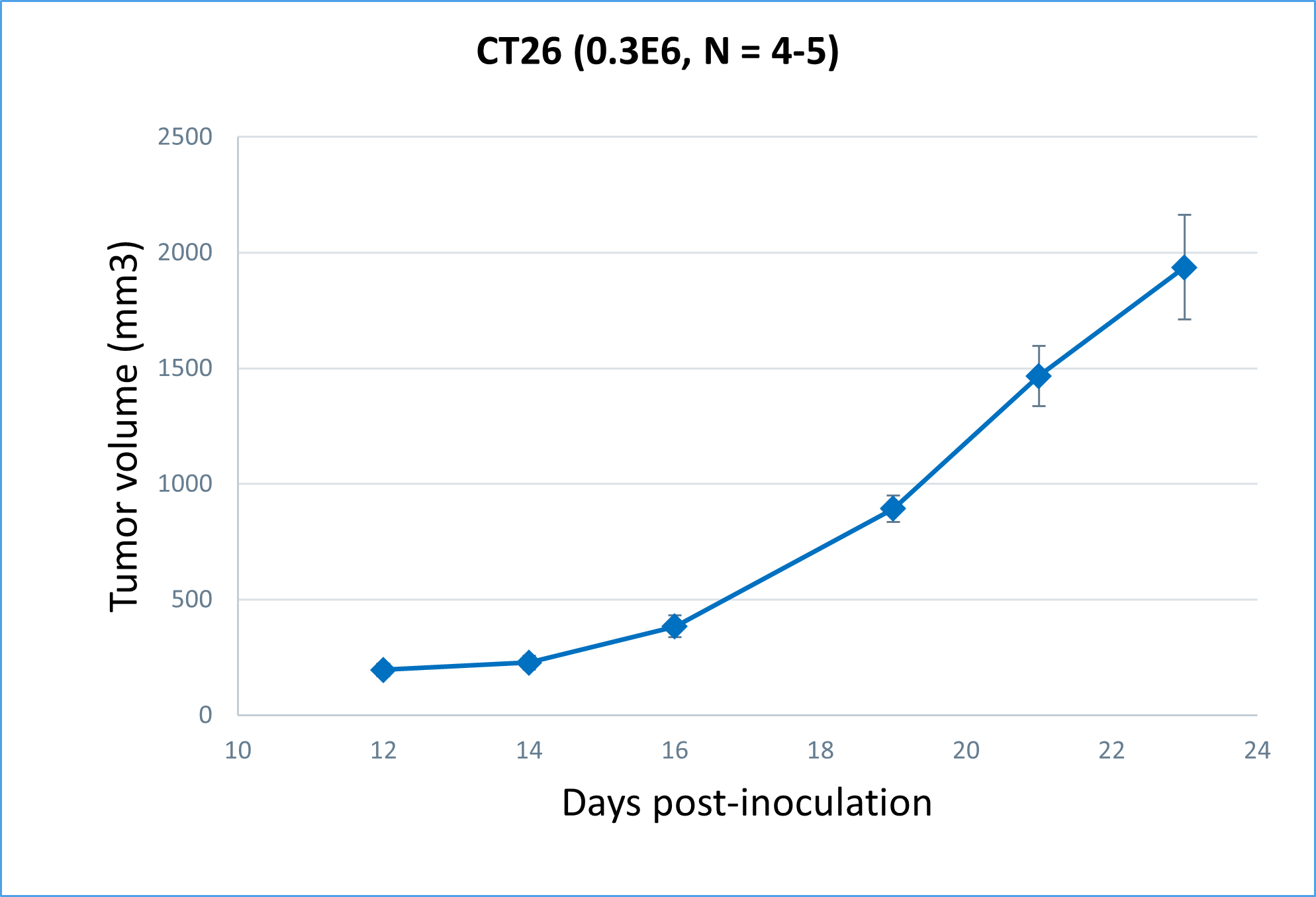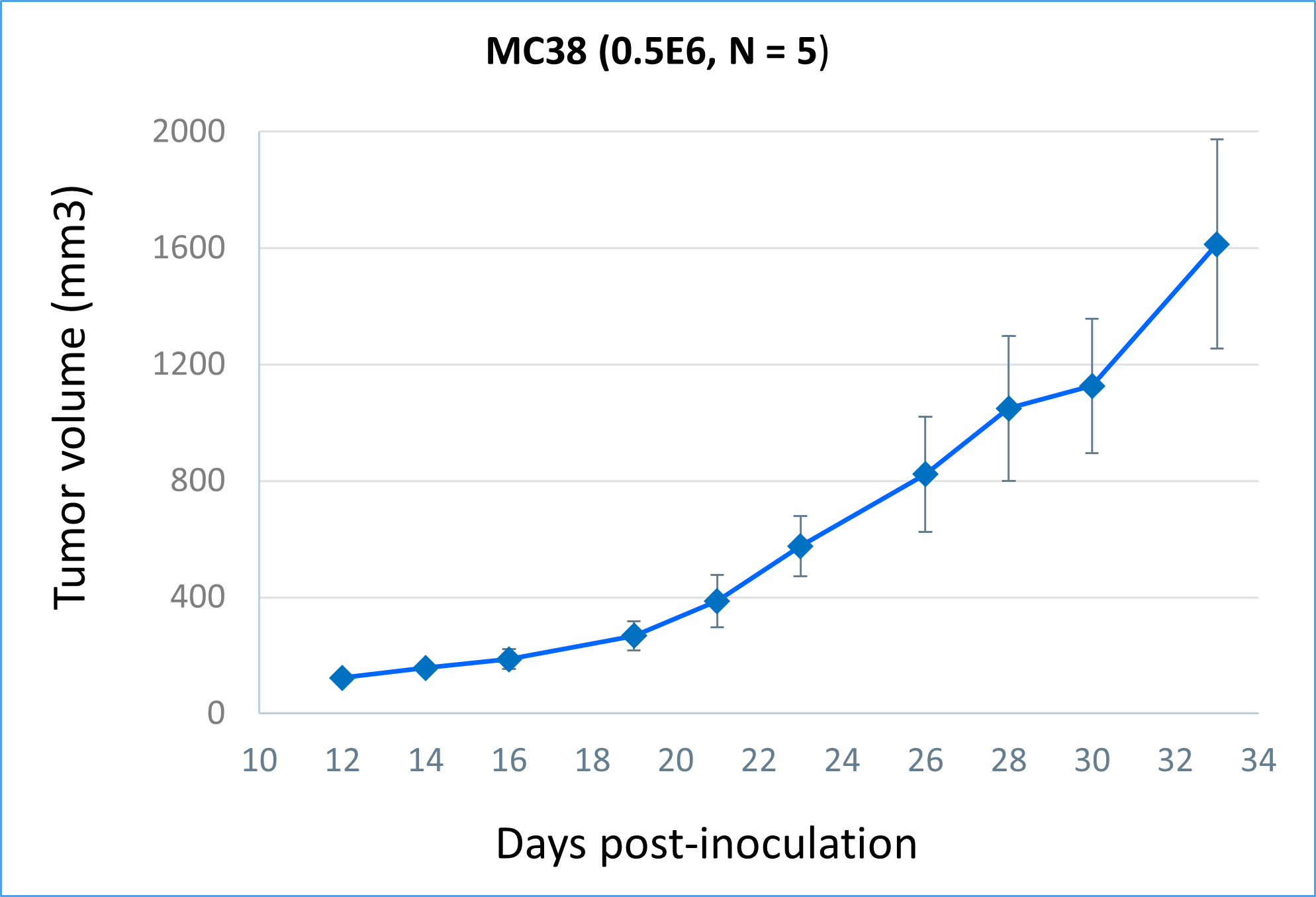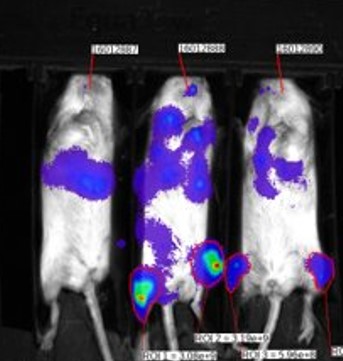Immuno-oncology therapeutics increasingly offer life-changing treatment options that leverage the complex relationship between cancer cells and the immune system. Hera provides syngeneic models in immunocompetent wild-type mice for preclinical in vivo evaluation of immuno-therapy mechanisms and efficacy.
Why Syngeneic Models?
Syngeneic tumor tissues are derived from the same mouse strain as the xenograft host strain, minimizing immunogenicity in the host animal. This approach simulates tumor growth and treatment effects within a fully functional immune system, closely mirroring the complex interactions between the immune system and tumors in humans.
Researchers use syngeneic cancer models because they provide a realistic context for studying the complex interplay between cancer and the immune system, making them indispensable for the development and evaluation of new cancer therapies.


CT-26 Cell Line
The CT-26 Syngeneic Xenograft cell line was derived from a chemically induced colon carcinoma in a Balb/c mouse and is highly tumorigenic, which means it has a high capacity to form tumors when transplanted into Balb/c mice. This model is ideal for in vivo studies and has been demonstrated to be responsive to many treatment types including chemotherapy, radiation, and immunotherapies.
The CT-26 cell line has been extensively studied and characterized, providing a wealth of background information and data for researchers. This extensive characterization facilitates the design of experiments and the interpretation of results.
MC-38 Cell Line
The MC38 cell line is derived from a C57BL/6 mouse colorectal adenocarcinoma and is particularly useful for studying the effects of immunotherapies, including checkpoint inhibitors. MC38 tumors have been used extensively to test the efficacy of immune checkpoint blockade therapies, such as anti-PD-1 and anti-CTLA-4 antibodies.


In Vivo Imaging
Our AMI Spectral Imaging Platform allows for the in vivo imaging of tumors and other bioluminescent tagged cell lines including cell therapies, during efficacy studies. This advanced imaging technology allows for the real-time visualization and quantification of cellular dynamics within the tumor microenvironment, offering unprecedented insights into the mechanisms of action and therapeutic potential of your research. Whether you’re investigating the efficacy of novel cell therapies or studying the intricate interactions between cancer cells and the immune system, our syngeneic mouse model services including the AMI HT imaging platform will provide detailed, in vivo evidence to accelerate your path to discovery.
Considerations and Alternatives
While syngeneic models are invaluable for immuno-oncology research, they are not without their limitations, including limited genetic diversity and differences from the human immune system. For researchers seeking alternative approaches, Hera also offers humanized models and rat syngeneic xenografts, expanding the possibilities for your research.
For more details on our syngeneic rat model development and humanized models, visit our dedicated pages. Let’s advance your research together, with Hera’s commitment to innovation and excellence.

